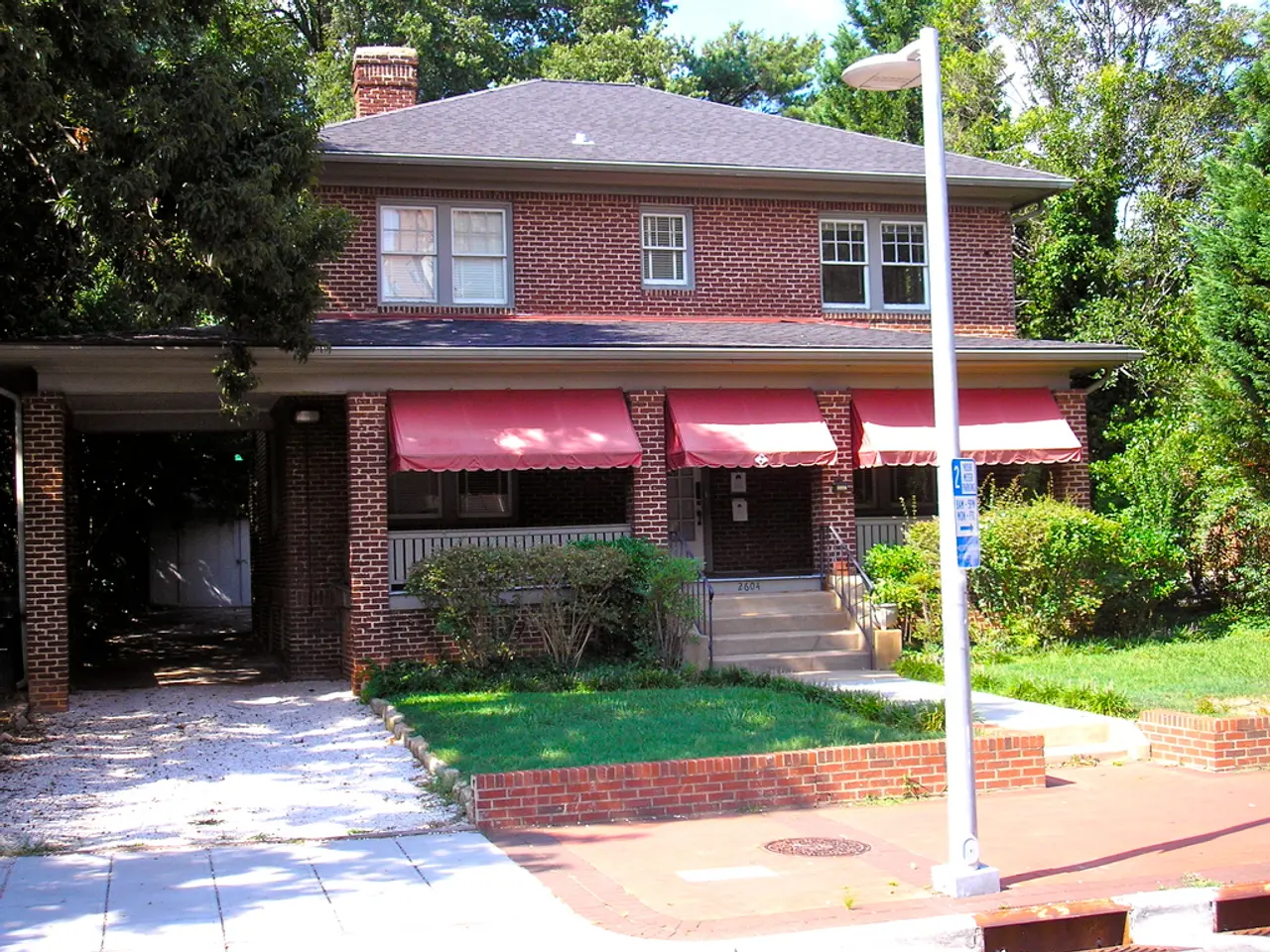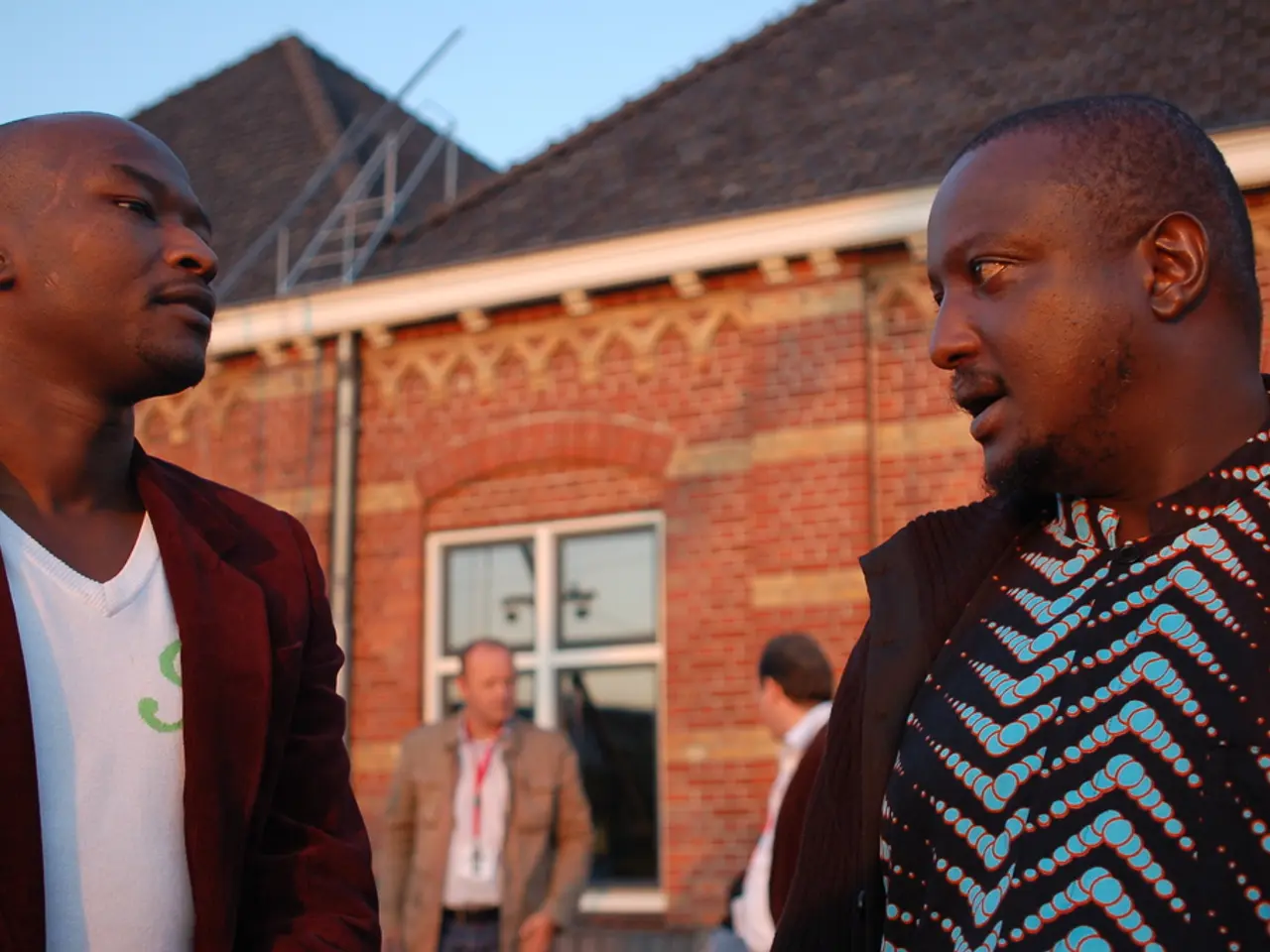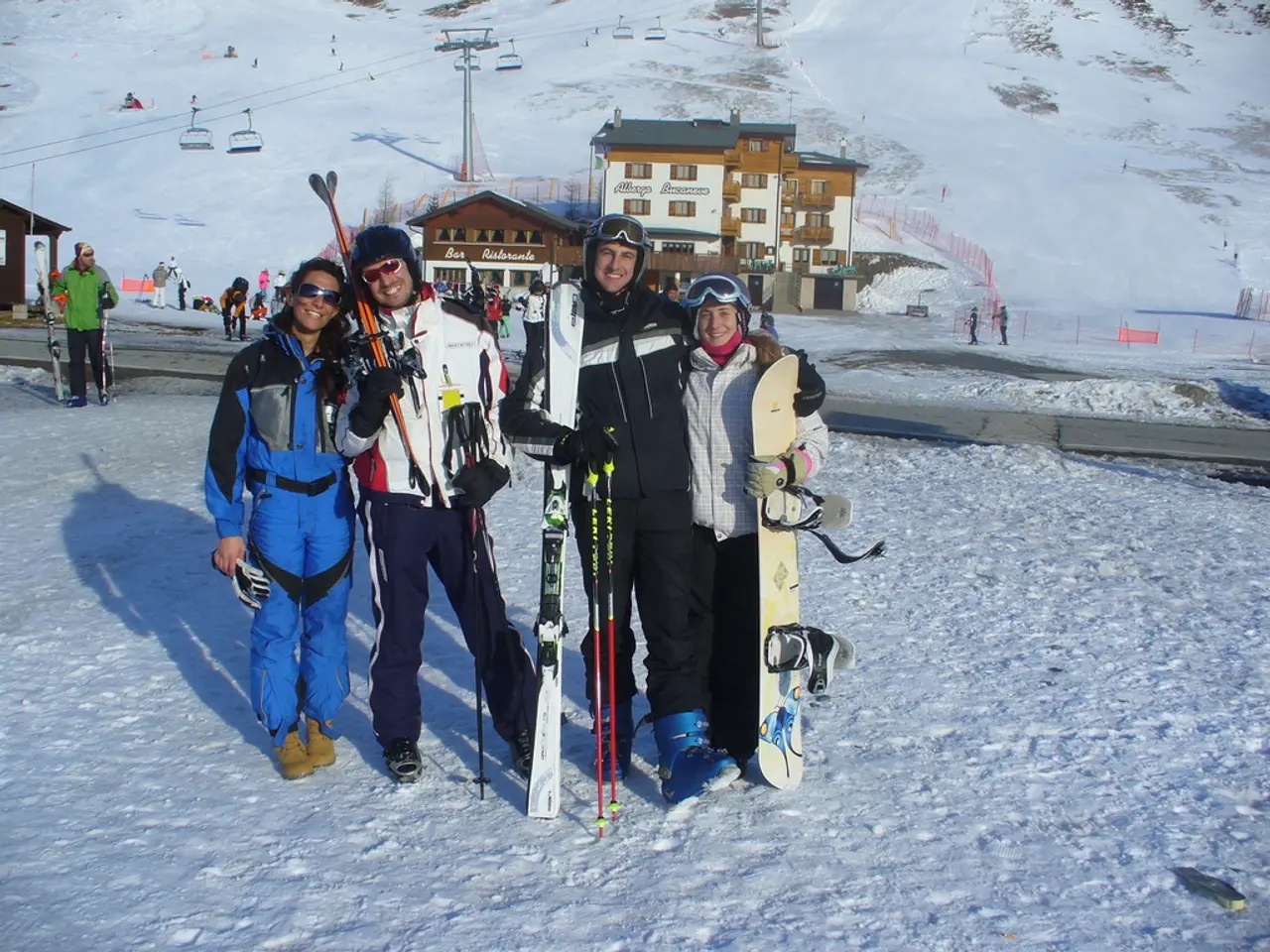Irina Untilova's Statement: "Every family law contributes to Kamchatka's future"
In Kamchatka Krai, a remote region in the Russian Far East, large families are receiving significant support to help navigate the challenges of raising multiple children in a harsh climate and higher living costs.
Since 2024, families with three or more children have been eligible for a social payment towards their initial mortgage payment, amounting to 30% of the calculated housing cost. This initiative has already benefited over 100 families, with regional budget expenses totaling 134.15 million rubles in 2024.
Moreover, the Kamchatka Maternal Capital, a one-time payment designed to improve living conditions, is provided for the birth of each child in Kamchatka Krai. The amount varies based on the number of children: 153,748 rubles for the birth of the first child, 182,960 rubles for the third child, and 458,164 rubles for the sixth and subsequent children.
The Kamchatka Maternal Capital can be used for various purposes, including improving housing conditions, educating children, buying a car, paying for medical services, sanatorium-resort treatment, childcare in kindergartens, and repairing a residential property.
Large families in Kamchatka Krai also receive a monthly social payment for additional drug coverage for each child under 6, as well as a monthly allowance for the birth of three or more children simultaneously until they reach one year old.
The number of large families in Kamchatka Krai has increased by one and a half times over the past five years, with 5,758 large families and 18,958 children as of January 1, 2025.
In addition to these benefits, the legislative power in Kamchatka Krai is planning to expand support measures for families. For instance, families with 8 or more children can receive a one-time payment of 1.3 million rubles for the purchase of a car.
Furthermore, Kamchatka Krai has joined a pilot project to support families with mortgages. Families can receive up to one million rubles for mortgage repayment, with 550,000 coming from the regional budget and 450,000 from the federal budget.
It's worth noting that families in Kamchatka Krai are not subject to income level requirements to receive the mortgage loan repayment support. Additionally, large family pensioners receive compensation for dental prosthetics.
The Kamchatka region is investing in its future, focusing on demographic development and human potential. Each law enacted is a step towards improving the lives of large families and ensuring a prosperous future for the region.
For precise, current details about Kamchatka Krai’s specific measures and any differentiated benefits for large families, it's recommended to consult regional government social policy sources or official Kamchatka administration websites.
- In the realms of education and self-development, large families in Kamchatka Krai can use the Kamchatka Maternal Capital for educating their children.
- The science and health-and-wellness sectors receive attention as well, with the monthly social payment for additional drug coverage for each child under 6, and large family pensioners receiving compensation for dental prosthetics.
- The Kamchatka region's political landscape shows a commitment to large families with plans to expand support measures, such as a one-time payment of 1.3 million rubles for families with 8 or more children to purchase a car.
- General news about Kamchatka Krai indicates an increasing trend in large families over the past five years, with 5,758 large families and 18,958 children as of January 1, 2025.




